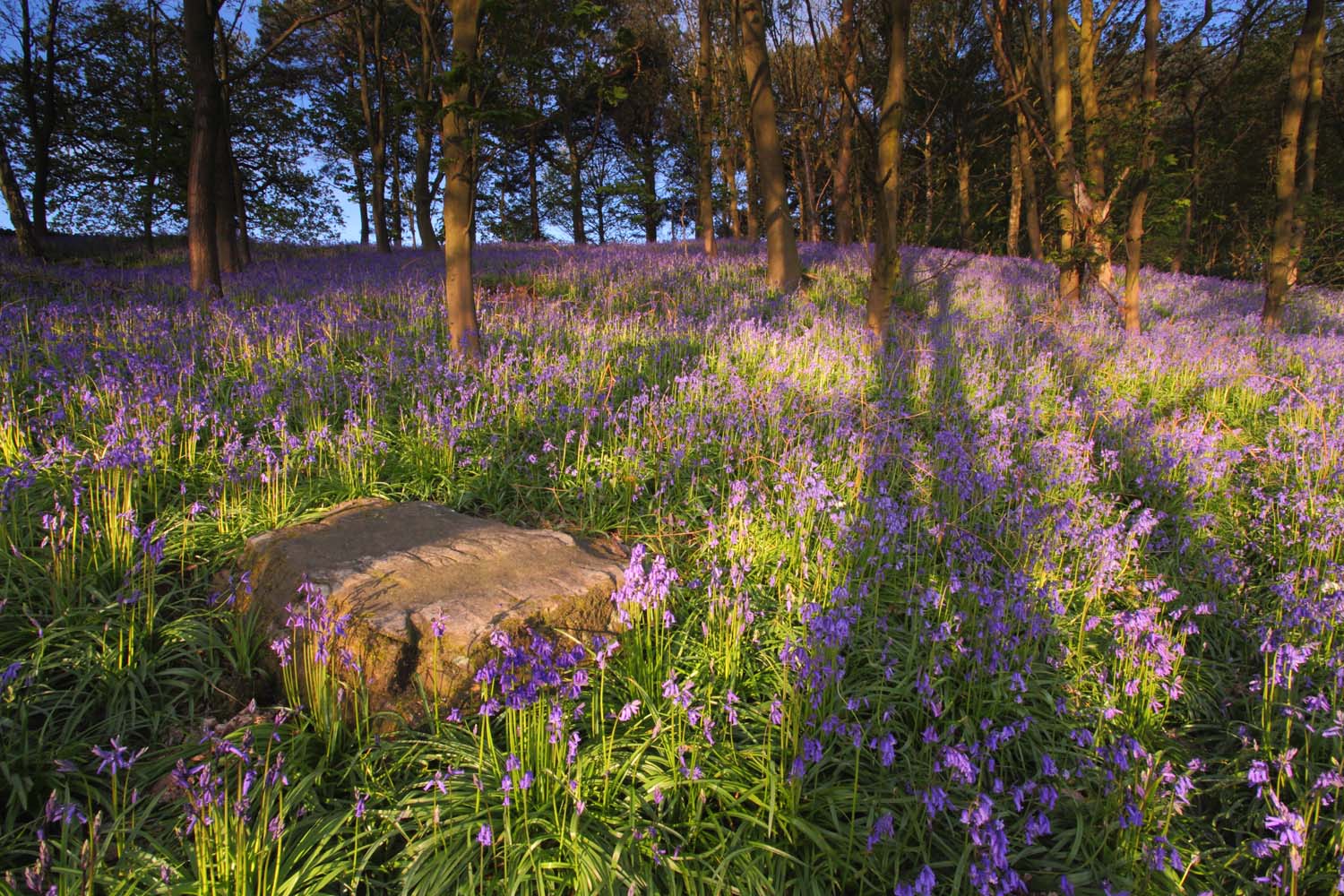
EXPLORE
Our Biodiversity
Charnwood Forest is a pocket of rich biodiversity. Although it covers only 8% of Leicestershire, it contains more than half of its Sites of Special Scientific Interest, 43% of its ancient woodlands and a third of its Local Wildlife Sites.

come visit us
An Ancient Woodland Stronghold
For at least a thousand years, the Forest has been a mixed landscape, with patches of woodland combined with open areas of heathland and grassland. Charnwood Forest’s woodland habitats are themselves varied and include areas of wet woodland, wood pasture and parkland, small orchards and a wealth of hedgerows and veteran trees. Near Thornton Reservoir and Stanton-under-Bardon, large areas of newly planted National Forest woodlands are a feature.
With its ancient woodlands, granite outcrops and drystone walls, Charnwood is nationally important for its saxicolous lichens (which live on and among rocks) and regionally important for corticolous lichens (which grow on bark).
Charnwood Forest

Heathland Havens
Charnwood Forest contains regionally important areas of heathland and acid grassland on exposed areas of rock. This heathland/grassland matrix is different to northern moorland because of Charnwood Forest’s underlying geology and contains a wider variety of species. Bradgate Park is the largest publicly accessible area of heathland in the Geopark but it can also be found at Beacon Hill Country Park, Charnwood Forest Golf Club, Longcliffe Golf Club, as well as at Charnwood Lodge National Nature Reserve.
The heathlands and acid grasslands of Charnwood Forest provide particularly good habitats for reptiles and invertebrates, including spiders.
discover
Explore our geological history
Travel back in time more than half a billion years to discover how geology built and shaped Charnwood Forest. From ancient animals in the seas of the southern hemisphere, to deserts from 250 million years ago, there are many layers to uncover in the Geopark’s history.

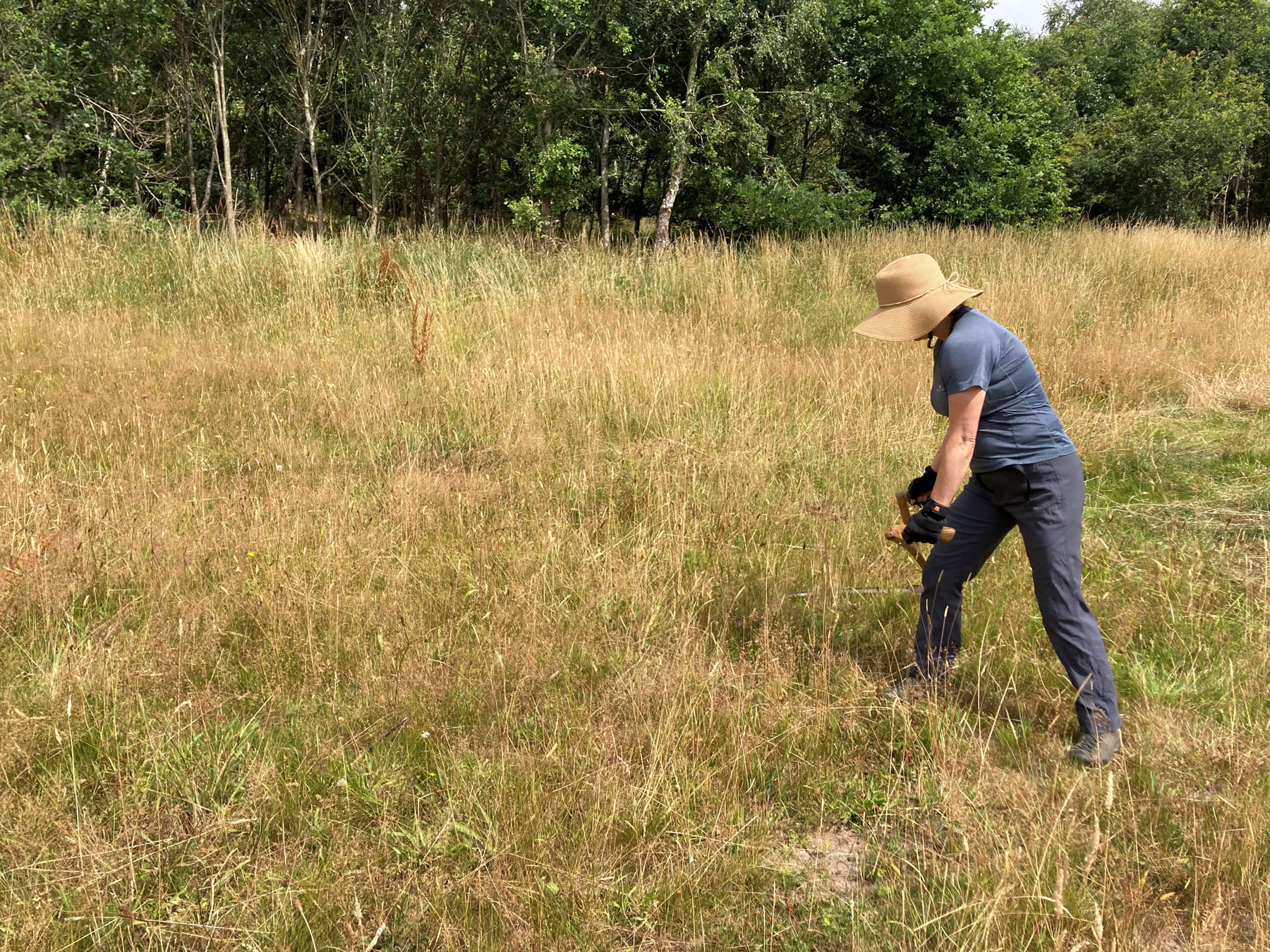
come visit us
Wonderous Wildflowers
Owing to its history of low-intensity management, Charnwood Forest contains many species-rich grasslands. These wildflower meadows are often fringed by woodland and are entirely reliant on good management for their quality. They are particularly concentrated in the centre of the Geopark, such as the Ulverscroft valley where land-use has changed least over the centuries.
Charnwood Forest’s fragile neutral grasslands are its most sensitive and endangered habitat. Poor management could quickly wipe out these beautiful wildflower meadows that have taken many hundreds of years to establish. We are working with partners and landowners to support good management practices which protect and enhance these important neutral grassland sites.
Working with Water
Charnwood Forest contains four reservoirs, supplying water to Leicester and the surrounding towns. These support a wide variety of birds and dragonflies. The Forest is also characterised by a network of streams, often at the foot of narrow valleys.
These streams are lined with trees and provide habitats for species even in the more intensively managed parts of the Forest. In some areas of the Geopark we are working with landowners to introduce natural flood management which helps to slow the flow of water during periods of high rainfall. By working with natural processes in this way we can reduce the risk of flooding further downstream and create wetlands and ponds teeming with wildlife.
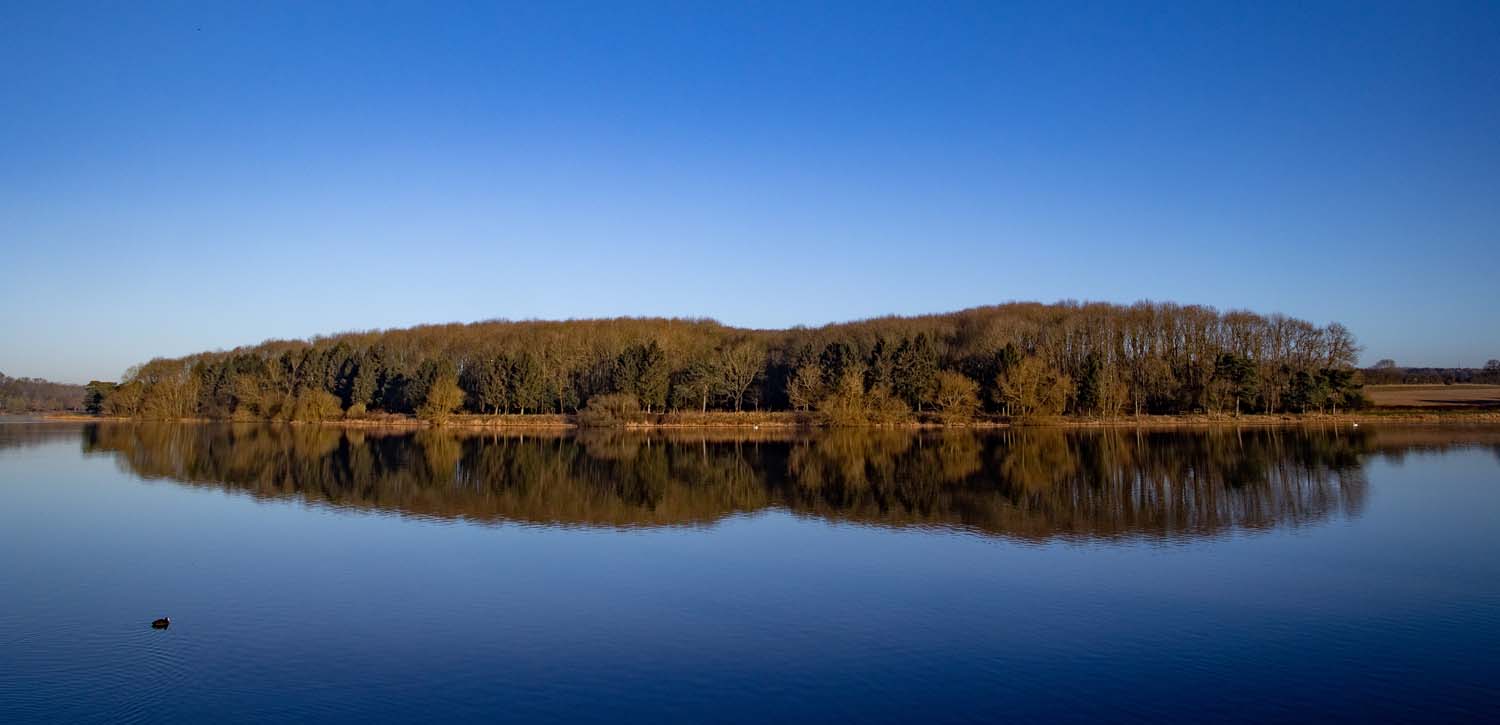
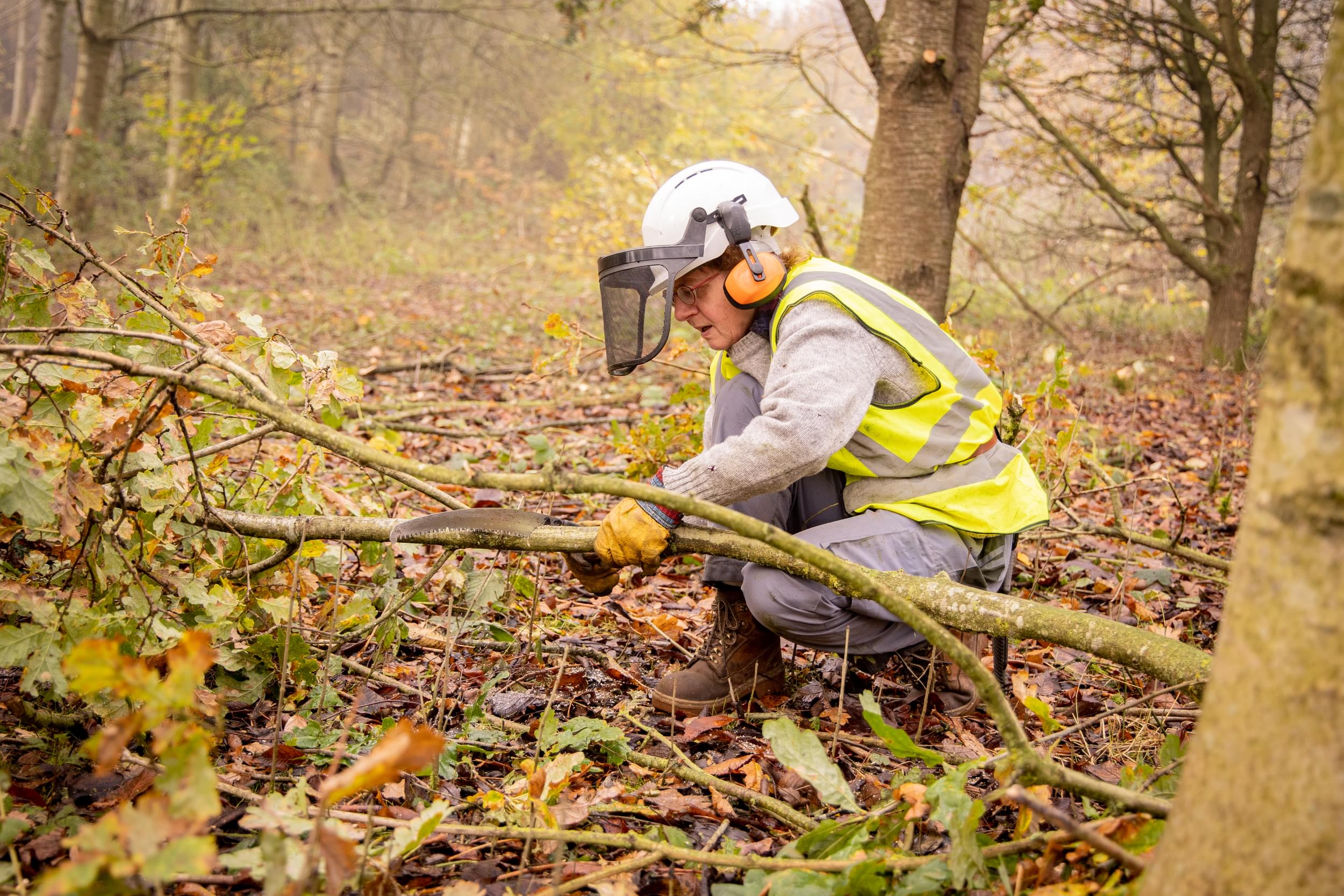
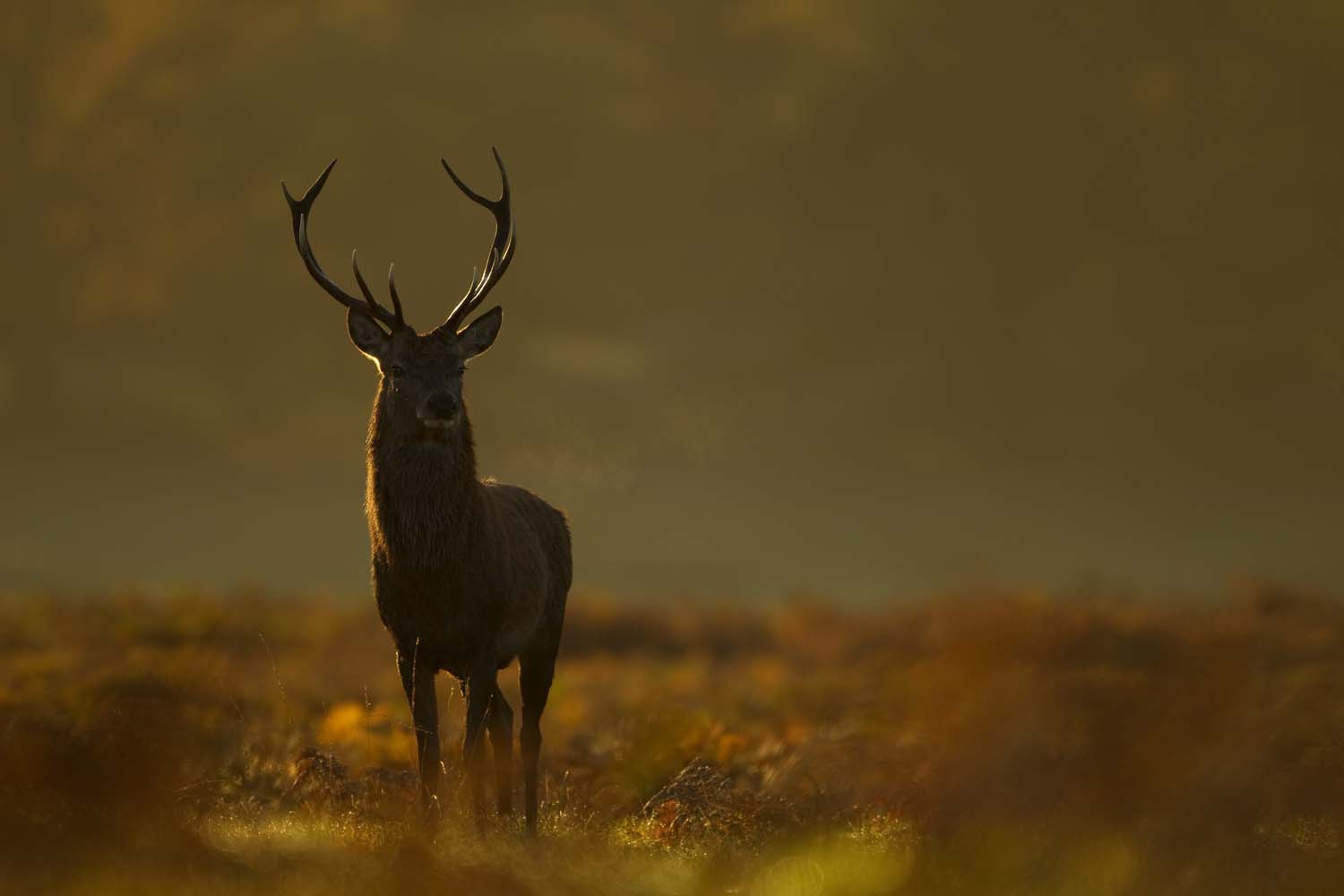
Help us to protect Charnwood Forest’s Wildlife
We are always looking for opportunities to work with landowners and local communities to maintain and improve the condition of Charnwood Forest’s exceptional habitats and make them more resilient to the threats of climate change and habitat fragmentation.
If you are a landowner and would like to know more about how you can support biodiversity on your site, please contact us. We are also always looking for volunteers to help support the important work of wildlife surveying and habitat management. Check out our volunteering pages for more information.